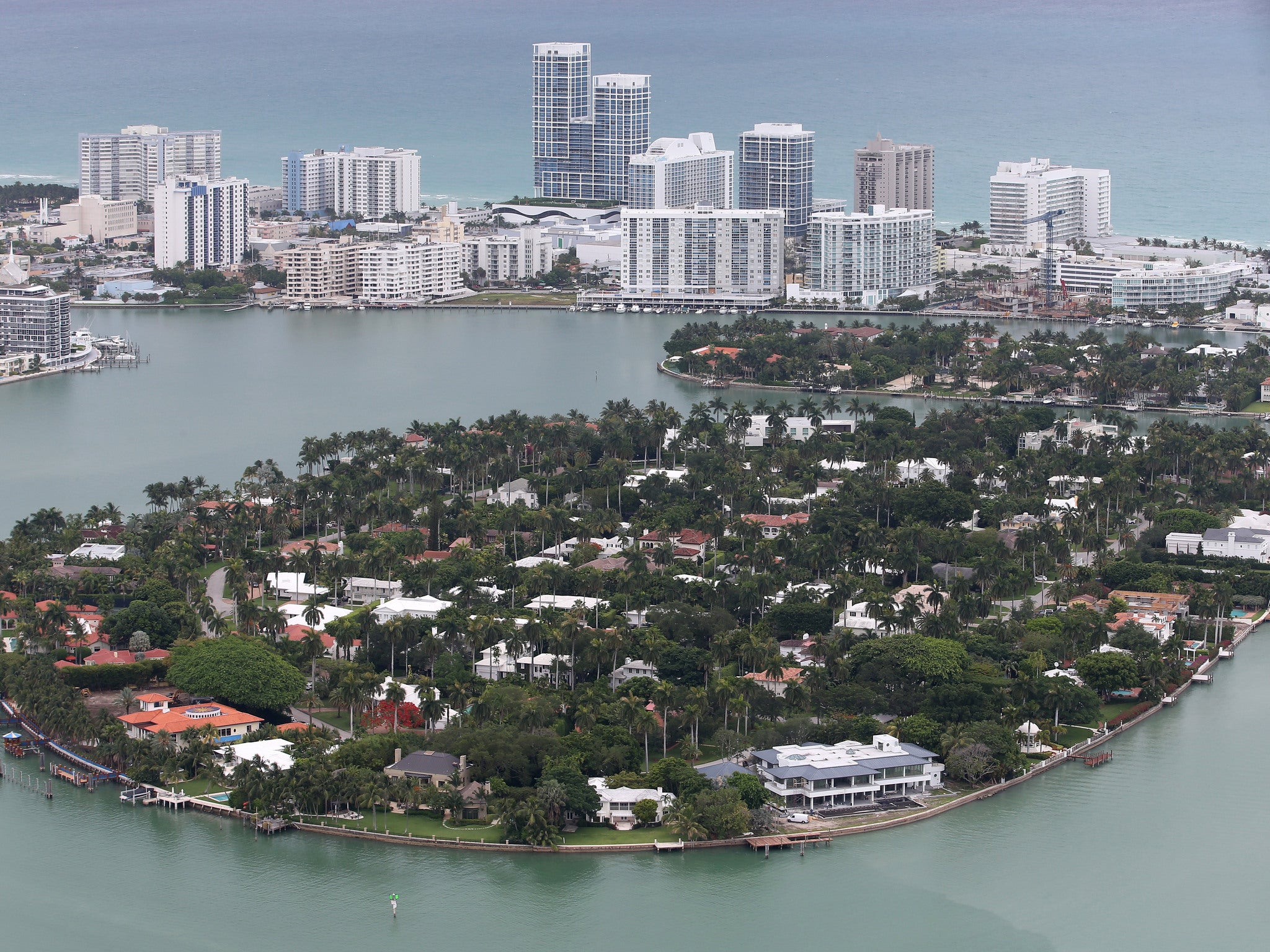Flesh-eating bacteria found on Florida's coastlines kill two people
Two people have been killed and seven have been infected by the deadly bacteria which thrives in warm salty conditions

Your support helps us to tell the story
From reproductive rights to climate change to Big Tech, The Independent is on the ground when the story is developing. Whether it's investigating the financials of Elon Musk's pro-Trump PAC or producing our latest documentary, 'The A Word', which shines a light on the American women fighting for reproductive rights, we know how important it is to parse out the facts from the messaging.
At such a critical moment in US history, we need reporters on the ground. Your donation allows us to keep sending journalists to speak to both sides of the story.
The Independent is trusted by Americans across the entire political spectrum. And unlike many other quality news outlets, we choose not to lock Americans out of our reporting and analysis with paywalls. We believe quality journalism should be available to everyone, paid for by those who can afford it.
Your support makes all the difference.Florida’s coastlines are being infested by potentially deadly, flesh-eating bacteria that have killed two people and infected seven this year, according to the state’s health officials.
Activated by warm salt water, Florida’s beaches provide the perfect environment for the rare and deadly germs to thrive and are capable of eating the flesh from humans.
“People can get infected with Vibrio vulnificus when they eat raw shellfish,” Florida Health Department spokeswoman Mara Burger said in a statement. “Since it is naturally found in warm marine waters, people with open wounds can be exposed to Vibrio vulnificus through direct contact with seawater.”
If eaten in contaminated food the bacterium can cause several symptoms including vomiting, diarrhea and stomach pain.
When the germs enter the body through an open wound they can result in infections which may lead to skin break down and ulcers.
Although cases of Vibro vulnificus are rare, 32 cases were reported in Florida last year and according to the Florida Heath Department between 1988 and 2006 the Centre for Disease Control and Prevention received reports of over 900 infections from the Gulf Coast states.
More than 85 per cent of cases occur between May and October when the weather is at its sunniest. The pathogenic microorganisms are members of a group of halophilic bacteria, which need salt to live and are therefore unable to survive in fresh water.
As the bacteria grows fastest in temperatures between 68 and 95 degrees most infections occur between May and October.
Heath officials warning tourists heading to the Sunshine State’s shorelines to avoid swimming with wounds, cuts or scrapes. They are advising people with compromised immune systems to wear sandals or other foot protection when entering the sea.
Join our commenting forum
Join thought-provoking conversations, follow other Independent readers and see their replies
Comments